Experience the serenity of Daikakuji Temple, the majestic head temple of the Daikakuji School of Shingon Buddhism in Kyoto. Originally Emperor Saga’s detached palace, the temple boasts a unique shinden-style architecture dating back to the Heian period. Explore the hall area, including the exquisite shinden and shoshinden, relics from the Edo period. Wander through the enchanting Osawa Pond, modeled after China’s Dongting Lake, and discover Nakoso Falls in Taki-den Garden.
Daikakuji Temple is the head temple of the Daikakuji School of Shingon Buddhism. The predecessor of Daikakuji Temple was Rikyu Saga-in, a detached palace built by Emperor Saga in the early Heian period, which became Daikakuji Temple in 876. Even today, the temple is not a row of large buildings, but rather a series of buildings in the shinden style, which is a remnant of the old days.
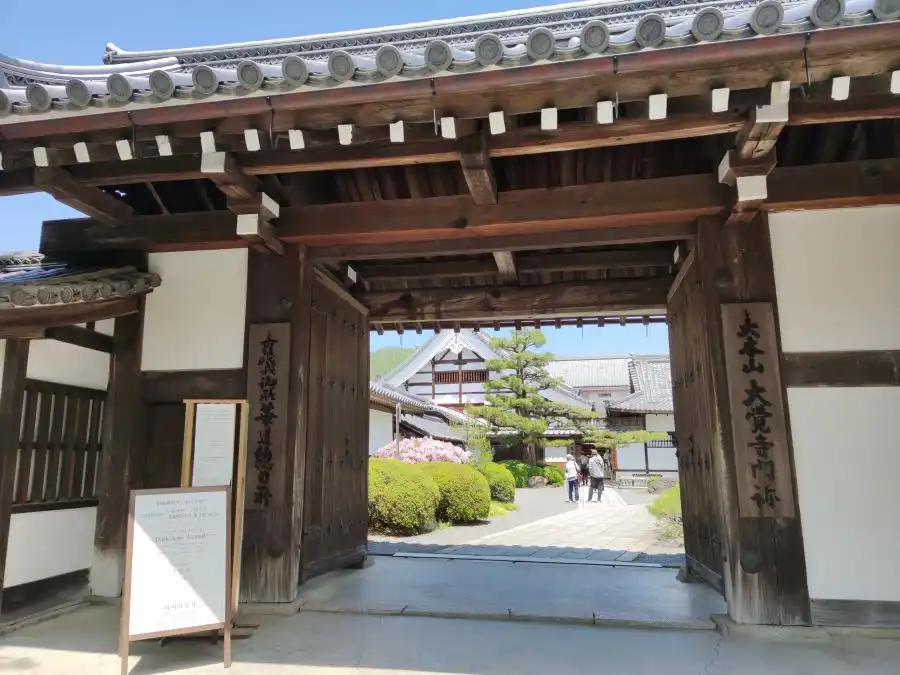
The temple has three areas: the hall area, the Osawaike area, and the Gioji temple. Each of these three locations requires a separate admission fee.
Daikakuji hall area
The tour of Daikakuji Temple begins in the hall area. Among the many buildings, the shinden (Imperial Household Hall), with its front garden planted with a cherry tree and a tachibana, and the shoshinden (sleeping quarters), which are not open to the public, are the most important cultural properties. The shinden was given to Daikakuji by during the Edo period, so it is a vestige of the temple’s imperial palace days.
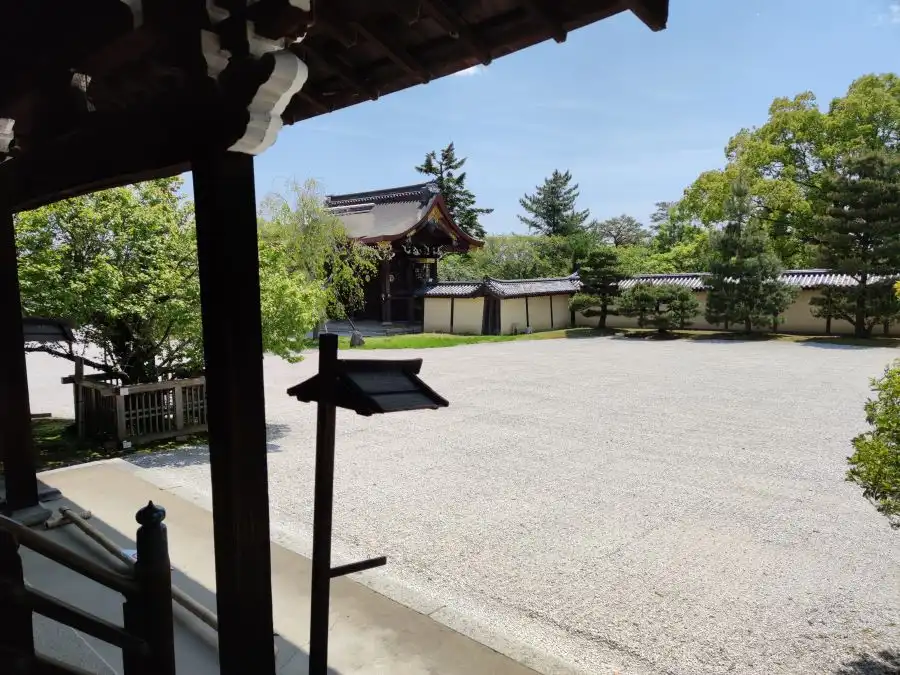

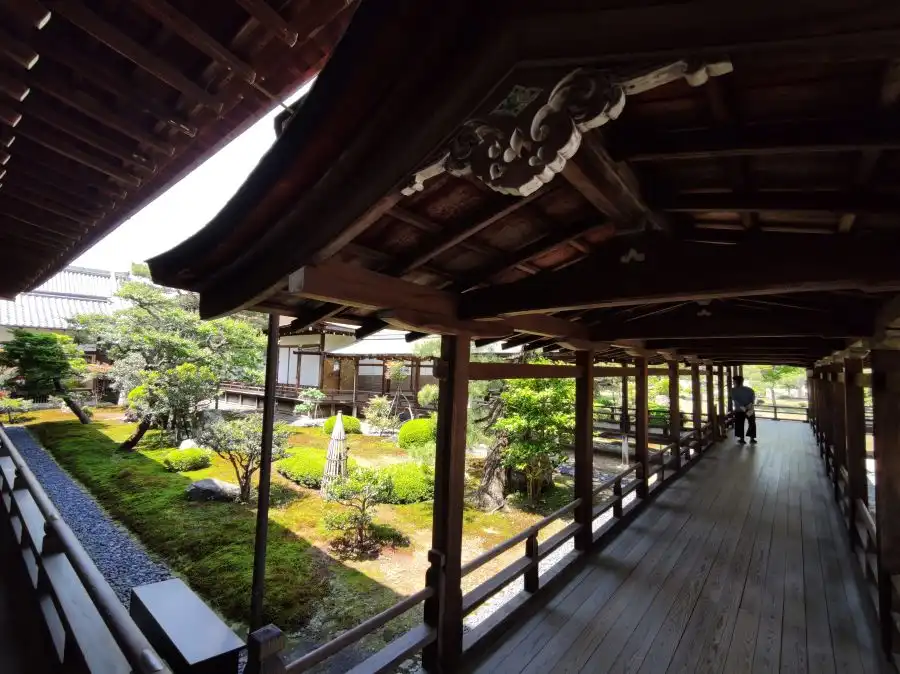
Osawa Pond
Osawa Pond is an artificial pond with a circumference of 1 km. Tang Dynasty’s Dongting Lake was the model for this pond. Emperor Saga created this garden when he built his detached palace, Saga-in. The scale of the garden is astonishing.
The oldest stone statues are from the late Heian period.

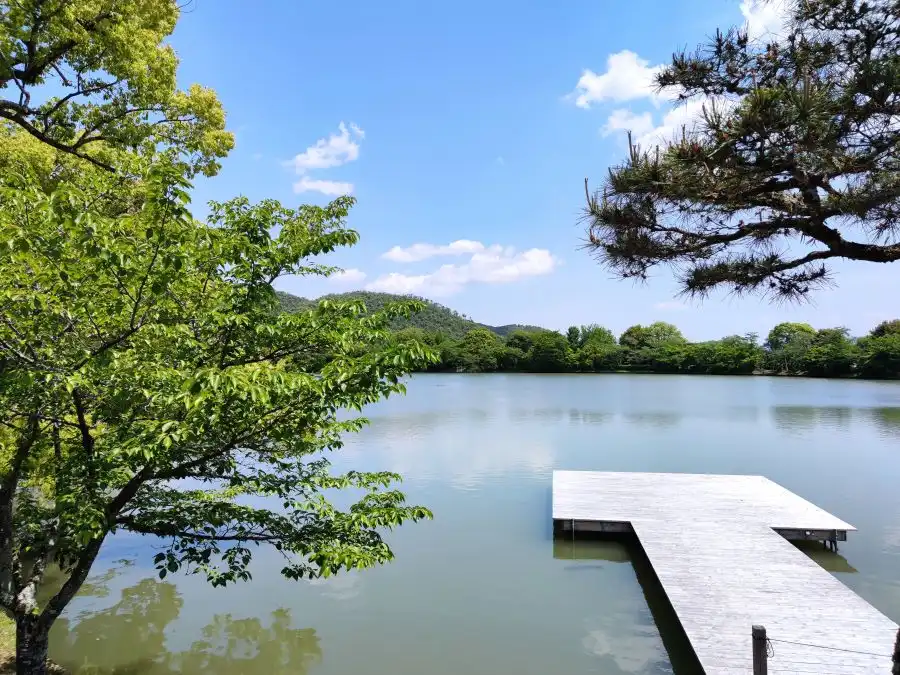

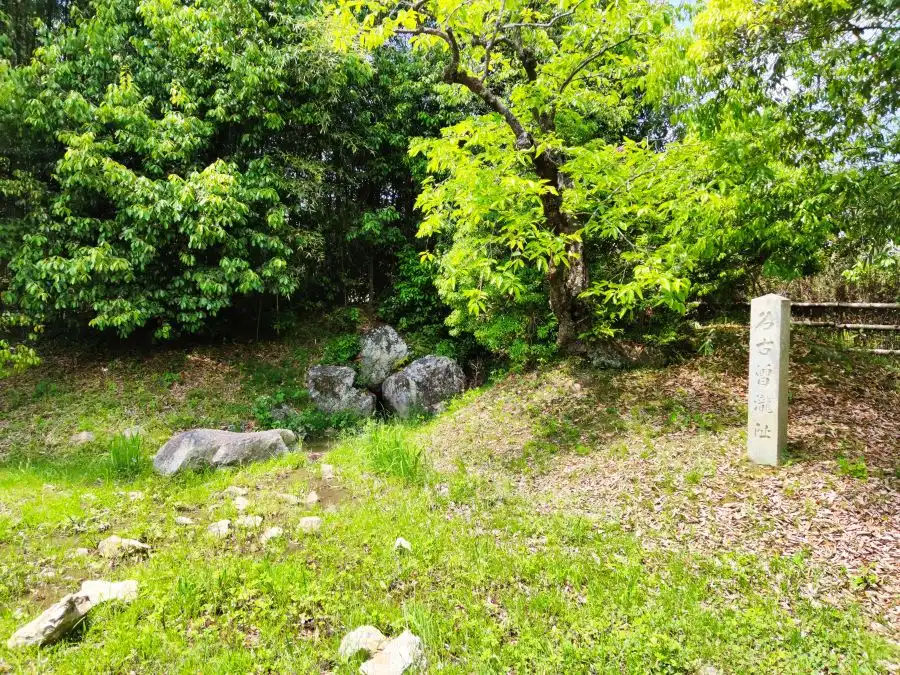
Nakoso Falls is an artificial waterfall built in Taki-den Garden during Rikyu Saga-in. The water is not flowing now.
Gioji Temple, a subtemple of Dakakuji
Gioji temple, which holds the sad story of dancer Gio in the late Heian period, is a small temple with beautiful fresh greenery and autumn leaves. It is located a short distance west of Daikakuji Temple.
Nearby spots
On the way to Gioji Temple, you may stop at Seiryoji Temple. The standing statue of Shakyamuni Buddha in its main hall is a national treasure, and it may have its origin in India.
Jikishian Temple is located north of Daikakuji Temple. Jikishian is open to the public only for a limited period of time during the fall foliage.
Related articles:
[…] Temple along with his mother Toji and sister Kojo. The temple was abandoned and in ruins, but Daikakuji Temple protected the remaining Buddhist statues and tombs, and in the Meiji era (1868-1912), a hermitage […]
[…] fresh greenery and autumn leaves, hides a sad story from the Heian period. Gioji is a sub-temple of Daikauji Temple, which is also not very […]
[…] Daikakuji Temple is about 10-minute walk. […]
[…] famous Daikakuji Temple is located down the hill. Daikakuji used to be a palace of Emperor […]